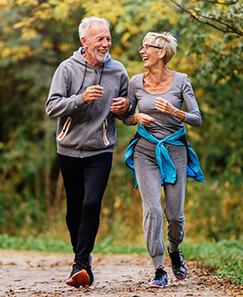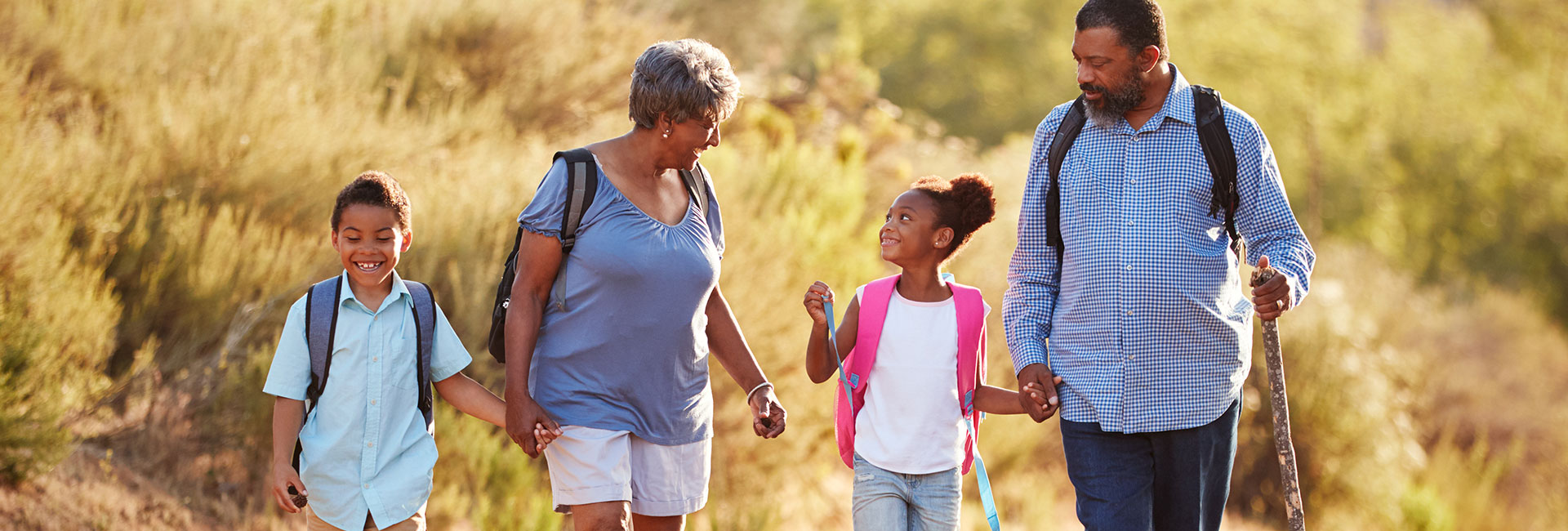Osteoporosis can be an intimidating diagnosis, referring to low bone mineral density. You may have heard of it, you may have been diagnosed with it. Let’s take a closer look at what this means, and what you can do about it.
What is osteoporosis?
Osteo-what?
Bones are made of cells and minerals, most notably calcium and phosphate. (1) Osteoporosis and osteopenia are terms used to describe below-average bone mineral density. Think “osteo” = bone, and “porosis” = the porosity or number of tiny holes, referring to a lack of calcium. Simply put, osteoporosis is a more advanced form of osteopenia.
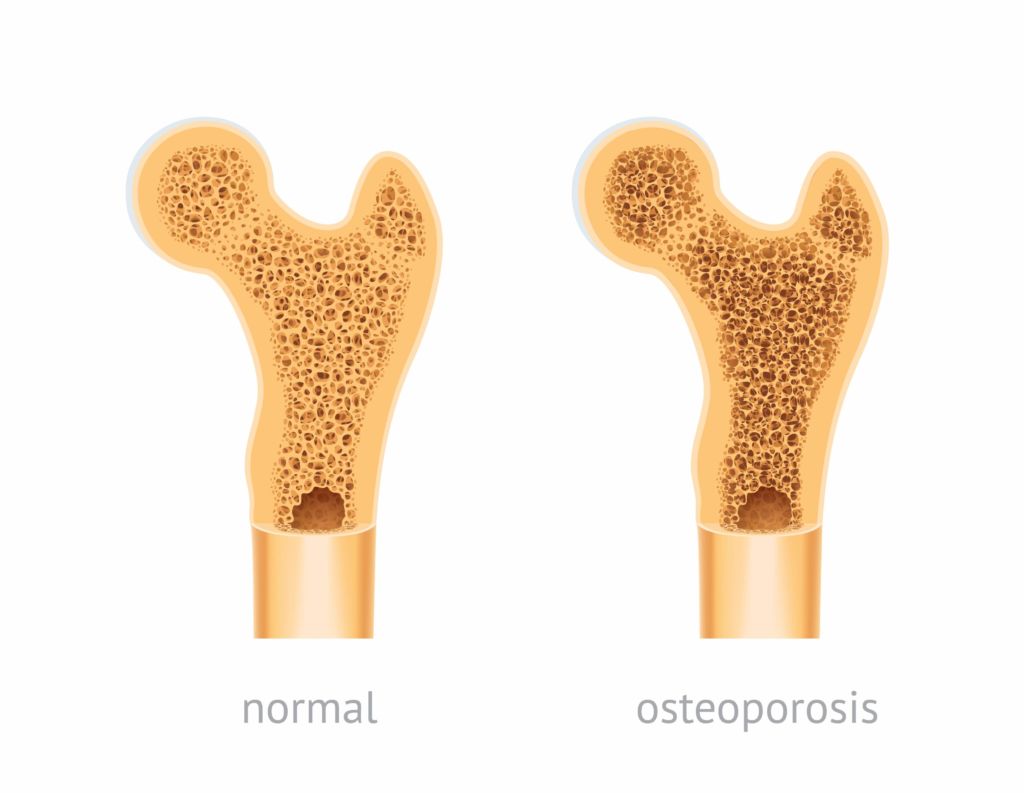
Bone density is commonly measured using a DEXA scan (a type of x-ray). You usually get two values from this scan: a Z-score and a T-score. Your Z-score compares your bone density to people your age. Your T-score compares your bone density to healthy young people, and helps determine your risk of fracture and need for drug therapy. (2)
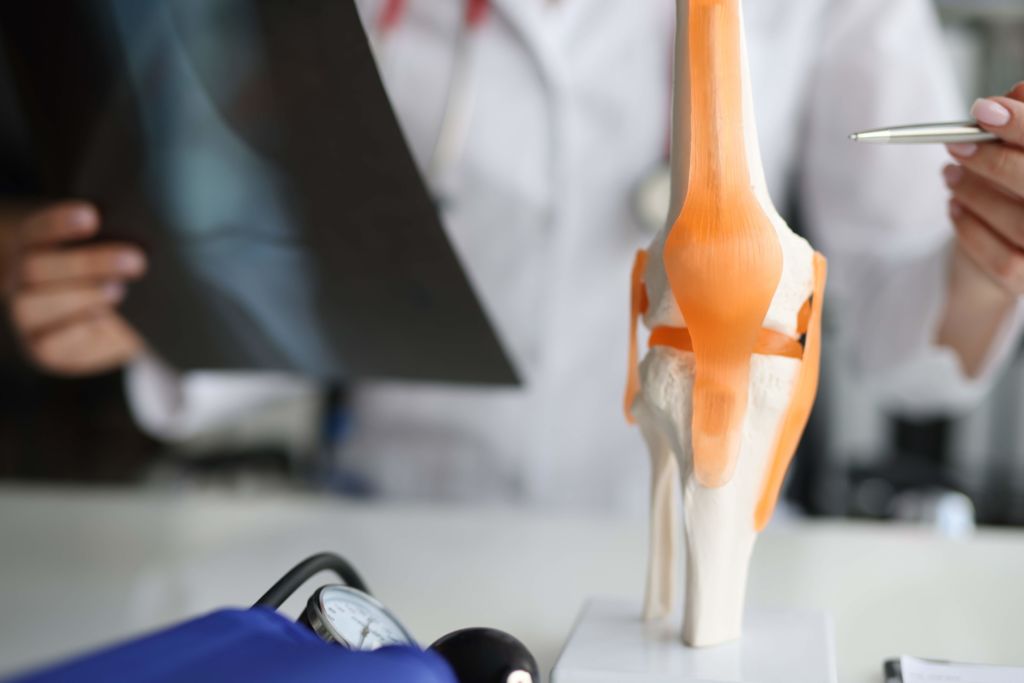
With six syllables and similar sounding names, it is easy to get these two conditions confused.
Osteoporosis refers to a T-score that is -2.5 or less. That means a person has at least 25 percent less bone mineral density than a healthy young adult.
Osteopenia refers to a T-score that is -1.0–2.5. That means a person has 10-25 percent less bone mineral density than a healthy young adult. (3)
Who has osteoporosis?
Osteoporosis and osteopenia are fairly common in the United States. Based on 2010 census data, just over 10 percent of adults over age 50 (10.2 million people) had osteoporosis.
The same study showed that almost 44 percent of adults over age 50 (43.4 million people) had osteopenia. People of all ages and genders can get osteoporosis and osteopenia, but the most common group to be diagnosed is non-Hispanic white women. (4)
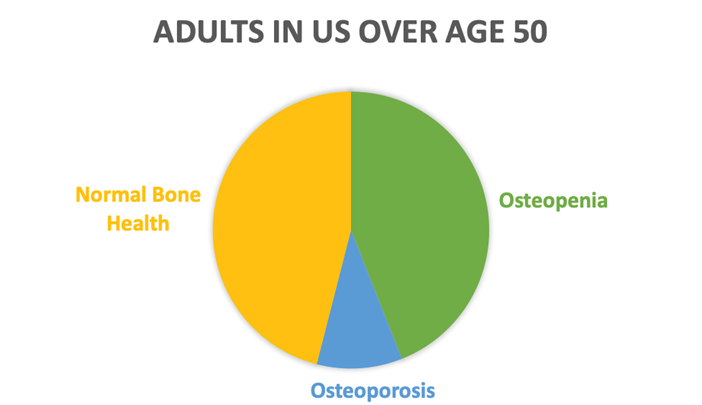
Why did I get osteoporosis?
It is normal for bone mineral density to decrease slightly each year over the age of about 50. When that process happens more quickly than normal, people develop osteopenia and osteoporosis. Genetics and family history, diet, lifestyle factors, medical conditions, and use of specific medications can all play a role in bone mineral density. (5) Look through the list below to see if anything pertains to you.
- GENETICS
-Female -White or asian descent -Family history of osteoporosis (especially mother or father with hip fracture) |
- LIFESTYLE FACTORS
-Sedentary lifestyle -Tobacco use -Heavy alcohol consumption (more than 2 drinks/day) |
- MEDICATION USE
-Long term use of oral or injected steroids (such as prednisone or cortisone) |
- DIET
-Low calcium intake -History of an eating disorder -History of gastrointestinal surgery (this limits nutrient absorption) |
- MEDICAL CONDITIONS
-Celiac disease -Irritable bowel syndrome -Kidney or liver disease -Cancer -Rheumatoid arthritis |
Why does osteoporosis matter?
The reason why we care about bone mineral density is that low bone mineral density can increase a person’s risk of breaking a bone.
Sometimes these breaks happen due to falling – for example, falling and landing on a hip or arm. Sometimes these breaks happen without obvious cause – for example, small compression fractures that cause vertebrae to lose height.
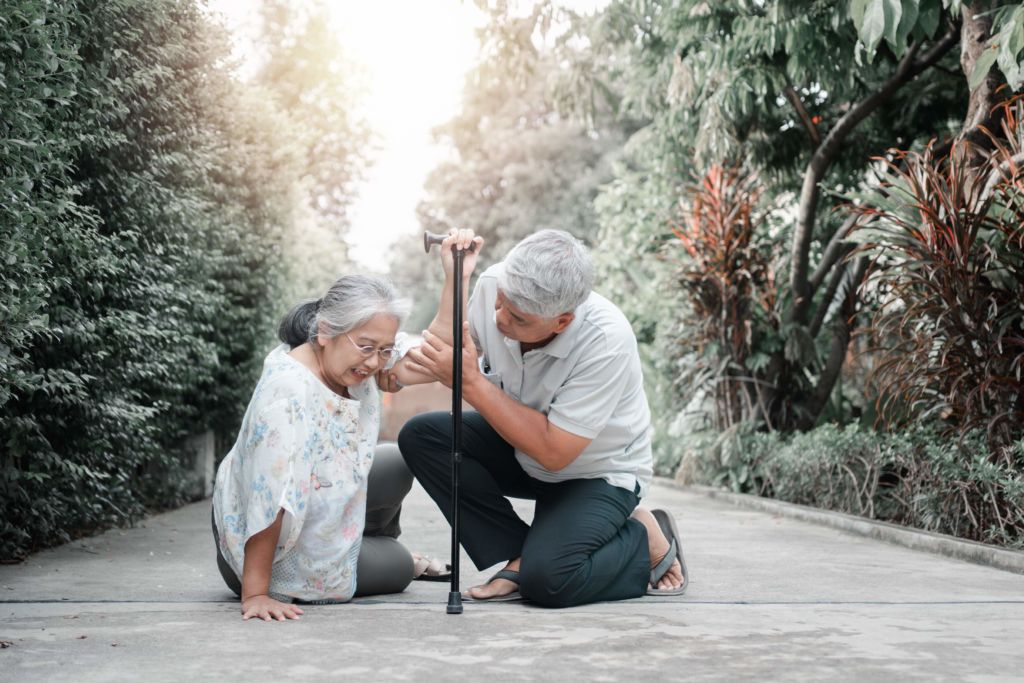
Unfortunately, it can be challenging to reverse osteoporosis and osteopenia once they are diagnosed. Our bodies are very good at building strong bones when we are young, but as we age that process becomes more difficult (6). That means if you are diagnosed with either of these conditions, it is very important to start treatment to prevent bone loss so the density of your bones does not decrease further.
What can I do for osteoporosis?
No matter the state of your bones, you can take action! Physical activity, as well as medication and a healthy diet can help prevent the loss of bone mineral density. Your doctor can help you decide whether medication is the right choice for you. A diet that has plenty of calcium, fish, and fruits and vegetables is important for making sure you get the correct nutrients. (7)
Exercise is KEY for managing osteoporosis!
Bones grow stronger when they are loaded, or given a stimulus that makes them do their job to hold your skeleton up (6). Weight-bearing exercises, such as jumping, running, or lifting weights are most helpful at building bone mineral density. Some studies have shown that weight lifting over time can actually help reverse low bone mineral density in certain populations. (8) However, if you have osteoporosis, it is important to be careful about how to lift and move in order to prevent accidentally causing a fracture.
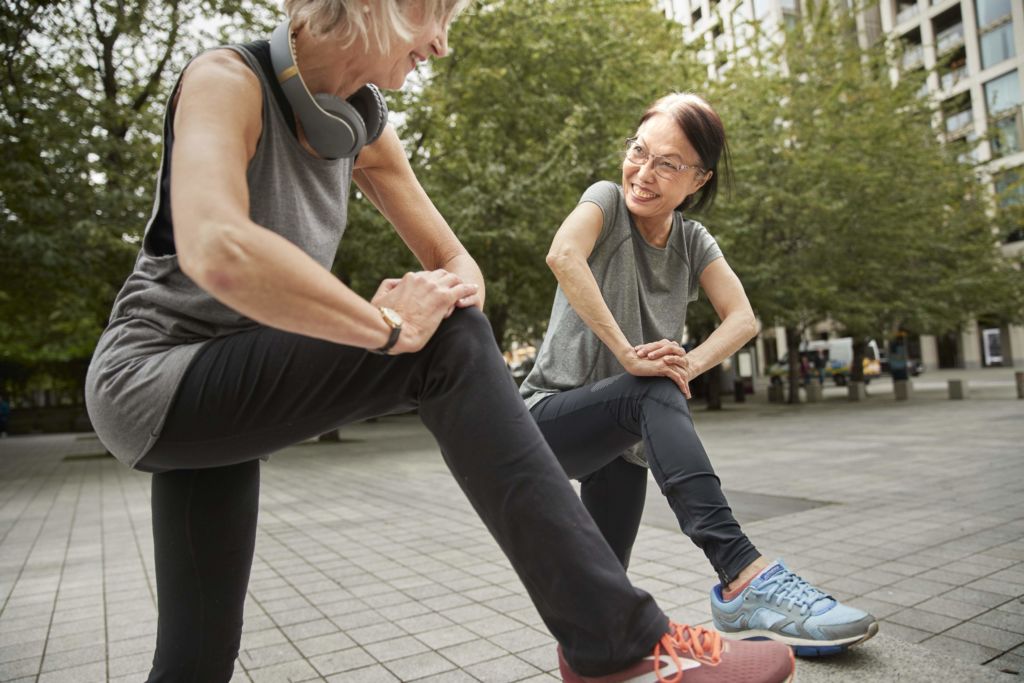
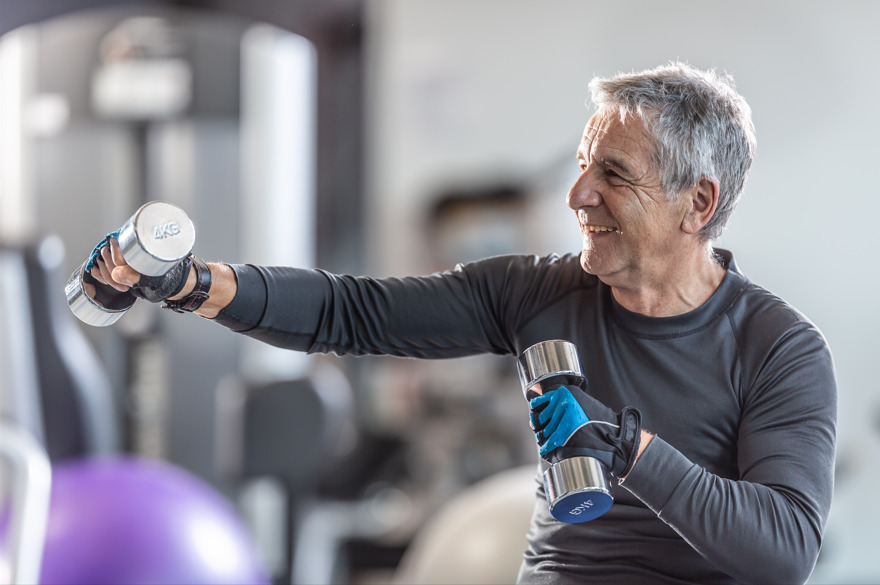
If you have questions about how to incorporate exercise into your life as you manage osteoporosis, a physical therapist can help you with choosing and performing a healthy exercise routine for your body. A personalized PT plan of care can help you address your specific situation and will not only include exercises designed to help strengthen muscles and decrease the progress of bone loss, but also to improve balance and reduce your fall risk.
Even if you haven’t been diagnosed with osteoporosis, you can take steps to address your risk factors noted above. Are you eating well, and getting plenty of weight-bearing exercise? If so, keep up the great work! If not, consider making changes now to make sure you have healthy bones in the future.
Check out our post on 5 Exercises for Healthy Bones →
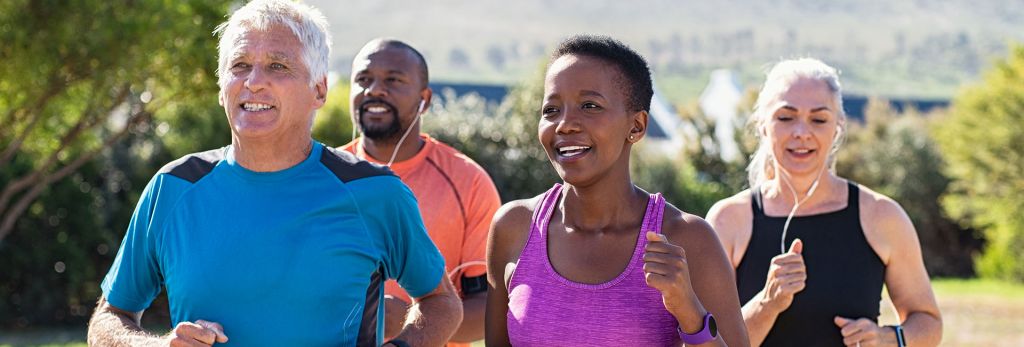
5 Exercises for Healthy Bones
Bones are excellent adaptors and grow stronger when they are loaded, or given a stimulus that makes them do their job to hold your skeleton up. Consistent strength training or weight bearing exercise can increase bone density and help prevent or manage osteoporosis.
Resources:
- Florencio-Silva R, Sasso GR, Sasso-Cerri E, Simões MJ, Cerri PS. Biology of Bone Tissue: Structure, Function, and Factors That Influence Bone Cells. Biomed Res Int. 2015;2015:421746. doi: 10.1155/2015/421746. Epub 2015 Jul 13. PMID: 26247020; PMCID: PMC4515490.
- www.radiologyinfo.org/en/info/osteoporosis#
- https://americanbonehealth.org/bone-density/understanding-the-bone-density-t-score-and-z-score/
- Wright NC, Looker AC, Saag KG, Curtis JR, Delzell ES, Randall S, Dawson-Hughes B. The recent prevalence of osteoporosis and low bone mass in the United States based on bone mineral density at the femoral neck or lumbar spine. J Bone Miner Res. 2014 Nov;29(11):2520-6. doi: 10.1002/jbmr.2269. PMID: 24771492; PMCID: PMC4757905.
- https://www.mayoclinic.org/diseases-conditions/osteoporosis/symptoms-causes/syc-20351968
- Boskey AL, Coleman R. Aging and bone. J Dent Res. 2010 Dec;89(12):1333-48. doi: 10.1177/0022034510377791. Epub 2010 Oct 5. PMID: 20924069; PMCID: PMC2991386.
- www.bonehealthandosteoporosis.org/patients/treatment/nutrition/
- Hong AR, Kim SW. Effects of Resistance Exercise on Bone Health. Endocrinol Metab (Seoul). 2018 Dec;33(4):435-444. doi: 10.3803/EnM.2018.33.4.435. PMID: 30513557; PMCID: PMC6279907.
Start your journey to pain-free living today.
Our experts are committed to providing effective, efficient, and compassionate care to help you live a pain-free, active life. Our passion is to help every patient reach their goals on their journey to recovery and optimal performance.
